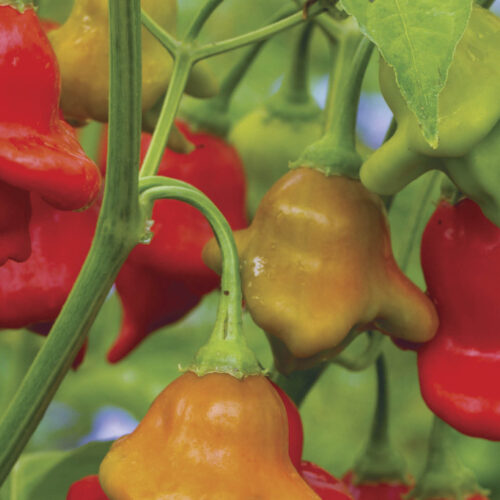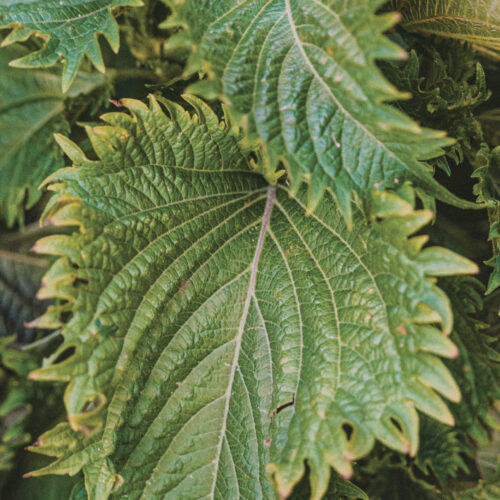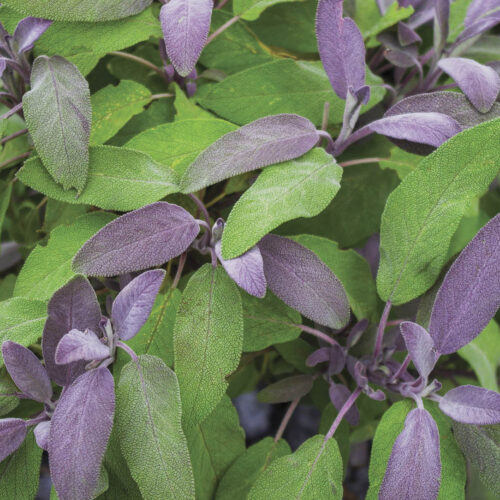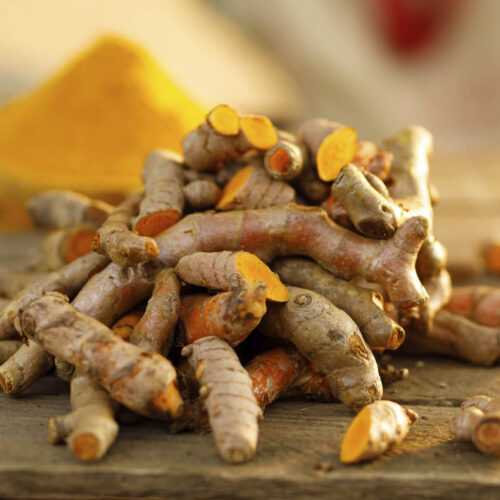Chives
2013-10-25T05:56:10+11:00
Spring is such a lovely time in the garden with an abundance of flowers. Chives is a very useful and quietly pretty plant that is often overlooked amongst this profusion.
Chives, Allium schoenoprasum, are growing beautifully in my garden at present and in particular the purple globes of flowers are appearing, just above the leaves, on stiff stems. Chives grow easily from tiny bulbs with cylindrical leaves that have a sweet onion flavour, more mild than most Allium species. Chives can be grown from seed sown from spring to autumn or by digging up and dividing clumps in early spring. Clumps of chives make a cheerful and and useful border near the vegetable garden or under other plants like roses. In both cases they not only help to repel pests whenever they are brushed or cut, but also attract beneficial insects when in flower. When they are at their most prolific I collect a handful whenever I’m cooking and add them to dips, sandwiches and salads, or use them to sprinkle over stews, soups or stirfries just before serving. I pick and use the flowers in a similar way. They have a similar slightly sweeter oniony flavour and look fabulous in salads or used as a garnish.
Chives have a further use as an anti-fungal spray that is also mildly insect repellent. Pour 1L of boiling water over one cupful of firmly packed chopped chives. Cover and leave to stand until cool, strain and add a few drops of liquid detergent. Spray within a few hours. This is effective against apple scab, black spot, powdery mildew and brown rot if sprayed every few days. Garlic chives (Allium tuberosum) can be used in the same way and in China the diluted pressed juice is sprayed over agricultural crops to protect them against aphids and spider mites as well as for fungal problems. Garlic chives are grown in the same way as common chives although they can become weedy in warm dry regions so in these regions you may want to remove the flowers before they set seed. The leaves have a much stronger garlic onion flavour that is sometimes slightly bitter. They can be used as a substitute for garlic in a range of dishes, but are particularly good for garlic bread. The fragrant white flowers are also edible.





